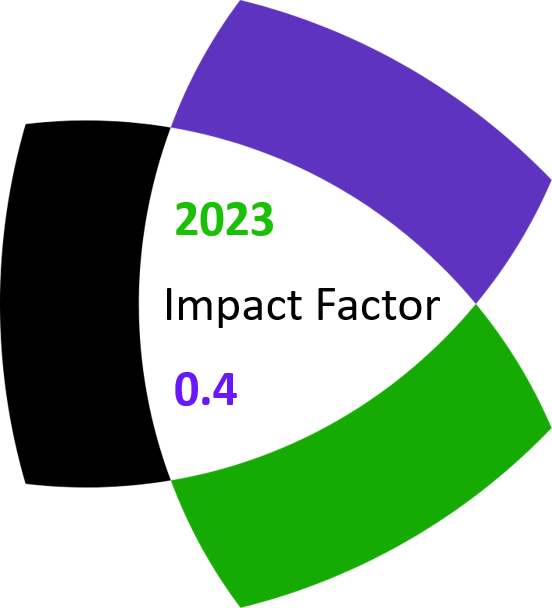S. K. Vaidya and R. M. Pandit
Notes on Number Theory and Discrete Mathematics
Print ISSN 1310–5132, Online ISSN 2367–8275
Volume 24, 2018, Number 2, Pages 74–84
DOI: 10.7546/nntdm.2018.24.2.74-84
Full paper (PDF, 136 Kb)
Details
Authors and affiliations
S. K. Vaidya ![]()
Department of Mathematics, Saurashtra University
Rajkot, Gujarat, India
R. M. Pandit ![]()
Department of Mathematics, Government Polytechnic
Jamnagar, Gujarat, India
Abstract
A dominating set is called a global dominating set if it is a dominating set of a graph G and its complement G. A subset D of V(G) is called an equitable dominating set if for every v ∈ V(G) − D, there exists a vertex u ∈ D such that uv ∈ E(G) and |dG(u) − dG(v)| ≤ 1. An equitable dominating set D of a graph G is a global equitable dominating set if it is also an equitable dominating set of the complement of G. The minimum cardinality of a global equitable dominating set of G is called the global equitable domination number of G which is denoted by γeg(G). We explore this concept in the context of degree splitting graphs of some graphs.
Keywords
- Equitable dominating set
- Global equitable dominating set
- Global equitable domination number
- Degree splitting graph
2010 Mathematics Subject Classification
- 05C69
References
- Basavanagoud, B., Patil, P. V. & Hosamani, S. M. (2012) Domination in degree splitting graphs, Journal of Analysis and Computation, 8 (1), 1–8.
- Basavanagoud, B. & Teli, V. V. (2015) Equitable global domination in graphs, International Journal of Mathematical Archive , 6 (3), 122–125.
- Gangadharappa, D. B. & Desai, A. R. (2011) On the dominating of a graph and its complement, Journal of Mathematics and Computer Science, 2 (2), 222–233.
- Haynes, T. W., Hedetniemi, S. T. & Slater, P. J. (1998) Fundamentals of Domination in Graphs , Monographs and Textbooks in Pure and Applied Mathematics, Marcel Dekker, New York.
- Haynes, T. W., Hedetniemi, S. T. & Slater, P. J. (1998) Domination in Graphs – Advanced Topics, Monographs and Textbooks in Pure and Applied Mathematics, Marcel Dekker, New York.
- Kulli, V. R. & Janakiram, B. (1996) The total global domination number of a graph, Indian Journal of Pure and Applied Mathematics , 27 (6), 537–542.
- Nellai Murugan, A. & Victor Emmanuel, G. (2013) Degree equitable domination number and independent domination number of a graph, International Journal of Innovative Research in Science, Engineering and Technology , 2 (11), 6419–6423.
- Ponraj, R. & Somasundaram, S. (2004) On the degree splitting graph of a graph, Nat. Acad. Sci. Letters , 27 (7–8), 275–278.
- Revathi, S. & Harinarayanan, C. V. R. (2014) Equitable domination in fuzzy graphs, International Journal of Engineering Research and Applications, 4 (6), 80–83.
- Sampathkumar, E. (1989) The global domination number of a graph, Journal of Mathematical and Physical Sciences, 23 (5), 377–385.
- Swaminathan, V. & Dharmalingam, K. (2011) Degree equitable domination on graphs, Kragujevac Journal of Mathematics, 35 (1), 191–197.
- Vaidya, S. K. & Pandit, R. M. (2013) Some new perspectives on global domination in graphs, ISRN Combinatorics , Vol. 2013, Article ID 201654, 4 pages.
- Vaidya, S. K. & Pandit, R. M. (2016) Global equitable domination number of some wheel related graphs, International Journal of Mathematical Combinatorics, 3, 77–85.
- Vaidya, S. K. & Pandit, R. M., Global equitable domination in Cartesian product of graphs, Journal of Discrete Mathematical Sciences and Cryptography, (communicated).
- West, D. B. (2003) Introduction to Graph Theory , Prentice-Hall of India, New Delhi.
Related papers
Cite this paper
Vaidya, S. K. & Pandit, R. M. (2018). Global equitable domination in some degree splitting graphs. Notes on Number Theory and Discrete Mathematics, 24(2), 74-84, DOI: 10.7546/nntdm.2018.24.2.74-84.


